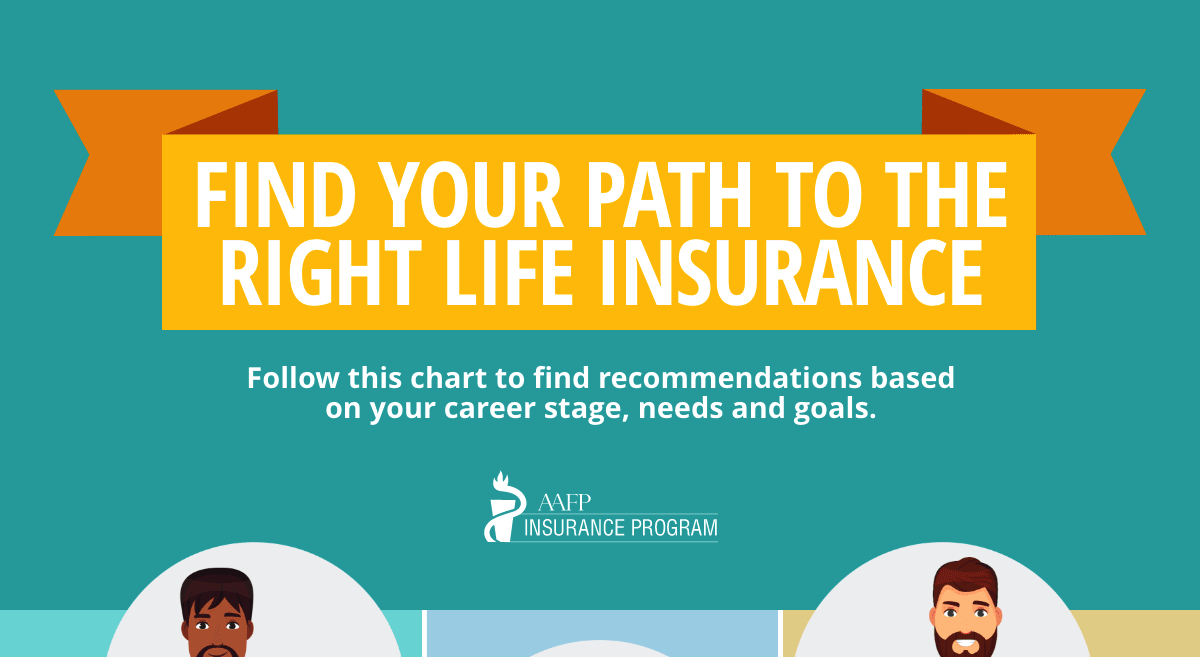The outlook of practices looks bleak
According to the survey, U.S. physicians are now more than twice as likely to experience deteriorating profits in 2014. Of the physicians surveyed, 39% have a negative outlook on future profitability, an increase from 36% in 2013. In addition, the number of physicians who have a positive outlook on profits decreased to 19% from 22% in last year’s survey.
Top financial issues facing practices
The top issues that weigh heavily on the financial stability of today’s physician practices are:
- Declining reimbursements (60%)
- Overall rising costs of running a practice (50%)
- Affordable Care Act requirements (49%)
- ICD-10 transition (43%)
Preparation for the ICD-10 transition has proven to be one of the highest expenses physicians face today. It is reported that the cost of the transition ranges from $56,639 to $226,105 for small practices; $213,364 to $824,735 for medium-sized practices; and about $2 million to more than $8 million for large practices.
Practices are expected to incur major costs associated with software upgrades, training, practice assessments, testing, payment disruptions, and loss of productivity.
Patient engagement = improved practice performance
In this turbulent time for physician practices, there is one positive – the patients. Patient engagement programs hold the greatest amount of promise for improved practice performance in 2014, according to 40% of surveyed physicians.
Some examples of patient engagement programs include population health and disease management efforts for high-risk patients. By treating and managing the health of the most challenged patients, physicians are hoping to provide better health outcomes for all patients.
Other promising trends that may improve operational performance are alliances with caregivers, mobile technologies and fee-for-value contracts (Accountable Care Organizations).
Administrative burdens remain
In order for patient engagement to be a success, physicians need to spend more time with their patients to better focus their care on each individual. This can’t happen if doctors are spending less time with patients and more time filling out paperwork and performing other administrative duties. In fact, the percentage of physicians spending more than one day a week on paperwork rose to 70% in 2014, a sharp increase from 58% in 2013. In addition, 23% of physicians spend more than 40% of their time on administration compared to 15% last year.
Increased interest in selling practices
While 53% of physicians surveyed say they have no intention of selling their practice, 24% are considering selling, 12% are looking to sell and 11% have already sold their practice.
Between increased patient loads, reduced reimbursements, increased overhead and the high costs of technology implementation from ICD-10 and EHRs, it should come as no surprise that more physicians are looking to sell their private practices and opt for gainful employment at hospitals.
There is no doubt that the issues outlined above will have a significant impact on how physician practices operate and if they can continue to operate under the current conditions. And while fear and uncertainty remain, there are ways to increase the profitability of your practice. It just takes a great deal of patience and a strong willingness to see your practice succeed.




